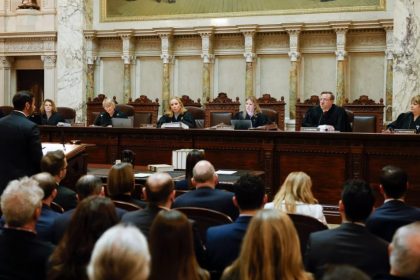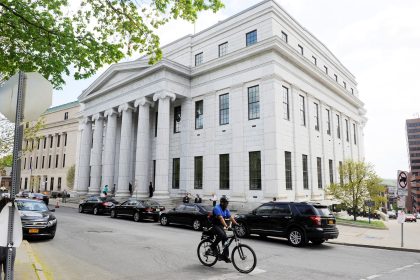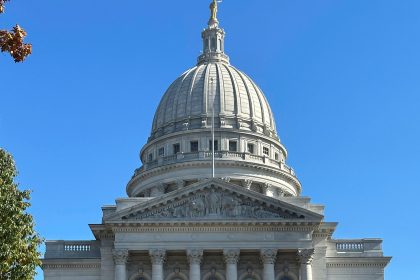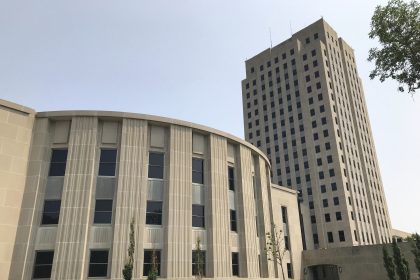GOP Lawmakers in Alabama Advance Controversial New Congressional District Map
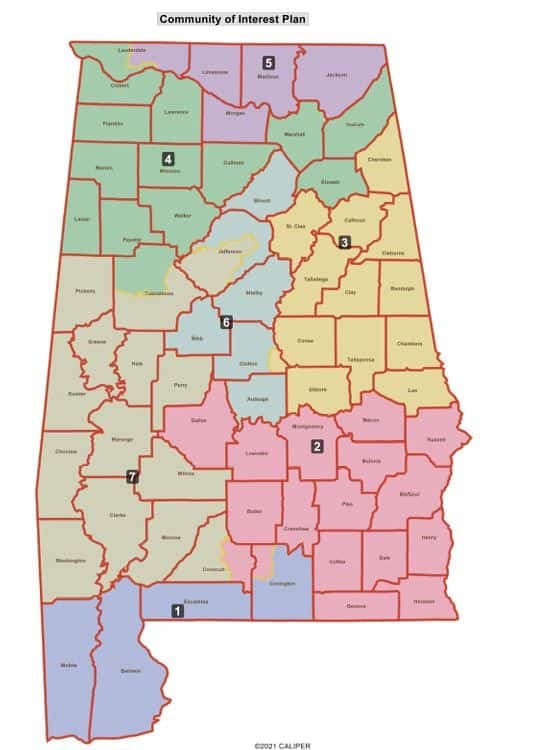
MONTGOMERY, Ala. — A Republican-dominated state legislative panel in Alabama on Monday approved a new congressional district map that creates one majority-Black district and one that is 42% Black.
The party-line vote by the state Legislature’s reapportionment committee came on the first day of a special session solely dedicated to finishing the redistricting process.
During more than two hours of debate, Democrats on the panel repeatedly complained that their voices and those of their constituents were being ignored and that, given Alabama’s demographic makeup, the panel should have created two majority-Black districts.
The new majority Black district, with a Black voting age population of 51.55%, will be Alabama’s 7th Congressional District if the map is eventually approved by the full Legislature, signed by the governor, and survives inevitable legal challenges.
It encompasses the city of Birmingham and much of the western “Black Belt,” an area dominated by cotton plantation culture and the use of slaves during the early 19th century.
The other district of minority interest, the proposed 2nd Congressional District, is located in southeast Alabama, and presently has a Black population of about 42.45%.
It would encompass Montgomery and add two strongly Democratic counties to the district, while removing two strongly Republican districts.
During the meeting, state Rep. Chris Pringle, the Mobile Republican who chairs the committee, said whatever its faults, the new map is a vast improvement over the existing map that was the subject of numerous legal challenges.
Among other things, both proposed districts are more “compact” than their predecessors on the last map, and they divide the Black Belt into two districts, not three as in the old map.
The Alabama Legislature must approve a new congressional map by Friday, the deadline set by the federal court.
Alabama has had a single majority-minority congressional district since 1992, and the Legislature retained that districting regime in a new congressional map approved in November 2021.
A group of plaintiffs composed of local voters and advocacy groups then sued, arguing the state was effectively forcing most Black voters into one district to frustrate their desire to have more representation in the Legislature.
In January 2022, a three-judge panel of federal judges ruled the proposed map likely violated Section 2 of the Voting Rights Act, which prohibits discriminating against voters based on race, among other factors.
The judges said given the state’s history of racially polarized voting, the best possible solution would be to have a majority-Black district, and second one in which Black voters “either comprise a voting-age majority or something quite close to it.”
The Supreme Court stayed the ruling for the 2022 elections but eventually upheld the lower court ruling.
Last month, the three-judge panel set a July 21 deadline for the state to approve a new map. If it misses the deadline, or approves a map that the court finds unsatisfactory, the judges will appoint a special master to oversee the drawing of new maps.
The next court hearing on the matter is scheduled for Aug. 14.
Dan can be reached at [email protected] and at https://twitter.com/DanMcCue



















